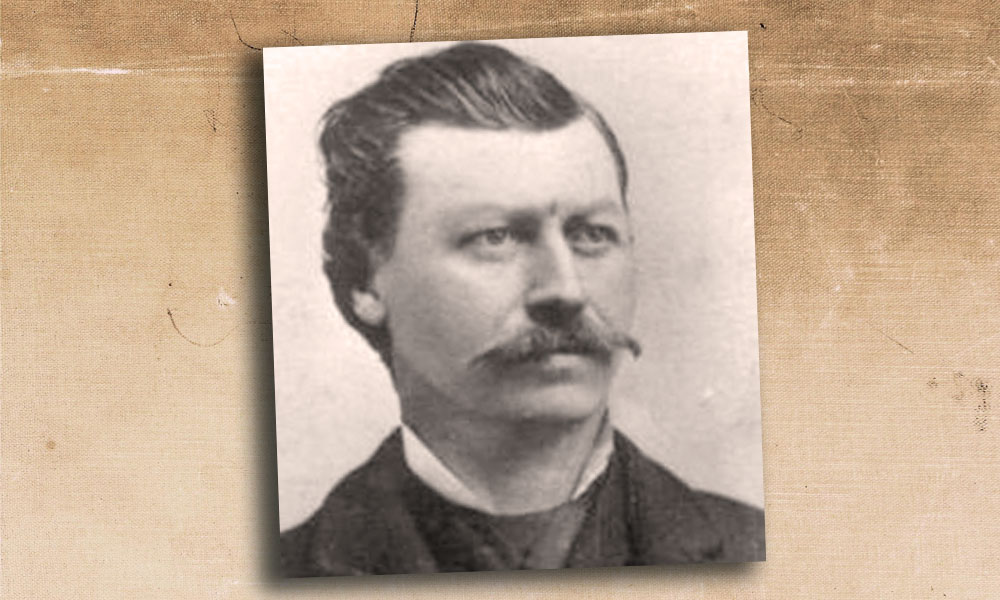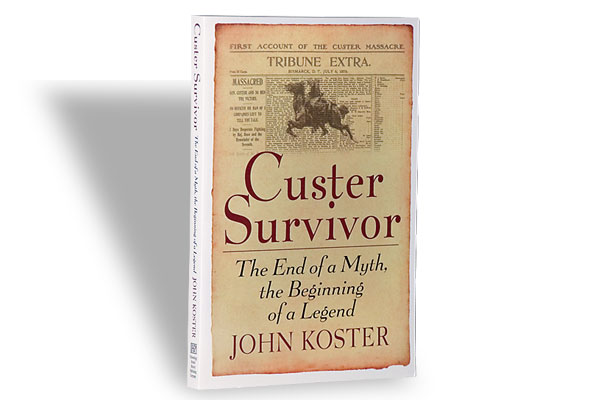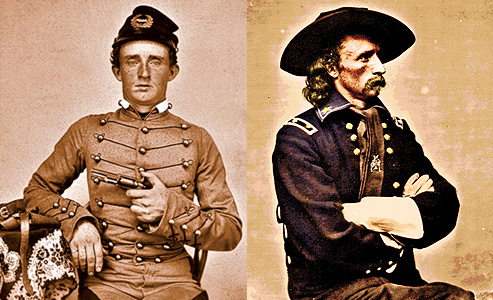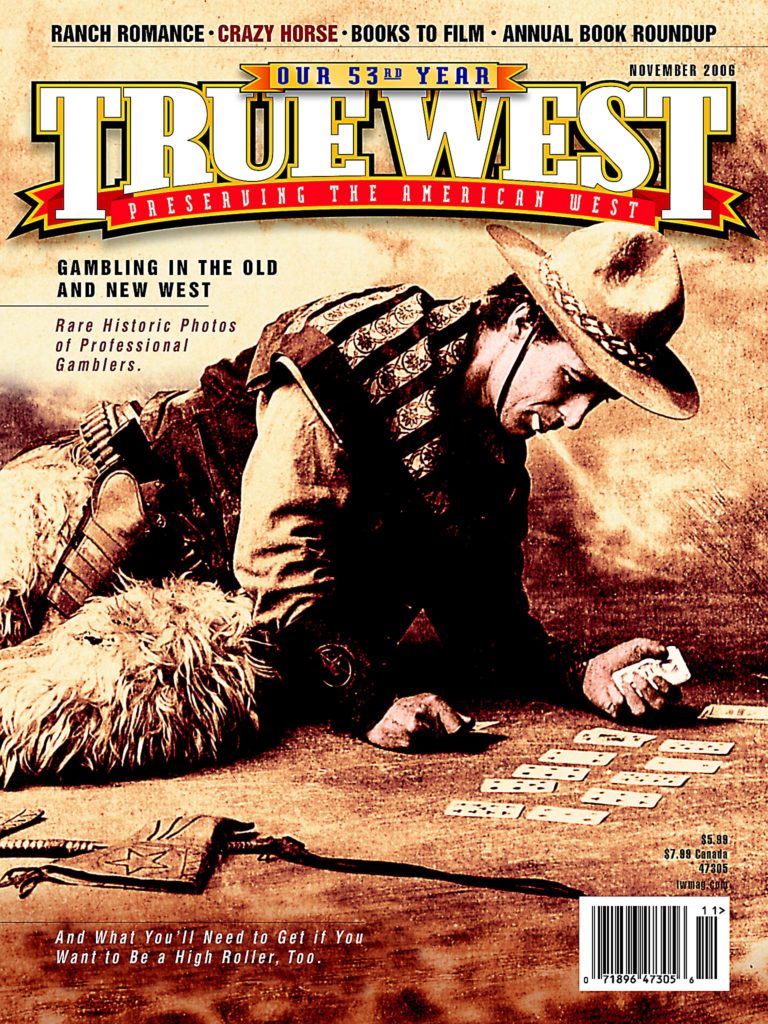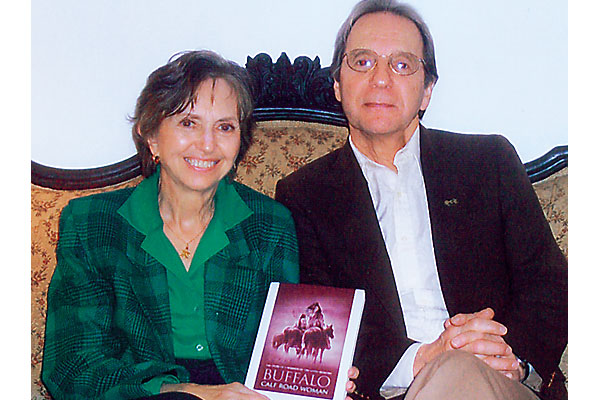
The end of the world began that day. Not slowly or quietly, not piece by piece or by degrees, but as a calamity that brings another and another and another.”
The calamity was an attack on the Northern Cheyenne camp of Old Bear on March 17, 1876. It would be followed by battles at the Rosebud and Little Bighorn, and then the removal of the Northern Cheyennes to Indian Territory. There, they suffered unspeakable hardship before taking flight and returning to the northern Plains, where roughly half of them were incarcerated at Fort Robinson in western Nebraska only to escape into a winter landscape and again be hunted down, many of them killed by the frontier soldiers.
The story Rosemary and Joe Agonito tell in Buffalo Calf Road Woman, winner of the 2006 Western Heritage Award for Best Novel from the National Cowboy and Western Heritage Museum, is gripping and tragic, inspiring and true. They spent years on the research (they first shared her story in True West in November 1983); Rosemary wrote the novel.
In reconstructing the story, they utilized Cheyenne and other native oral sources from the period as taken down in interviews by anthropologists and people who lived among the tribe, archival and library sources, native ledger book art of the period and documents from U.S. Senate hearings on the Cheyenne removal south and Fort Robinson massacre.
TW: With all that research in hand, why not write a biography?
RA: It was clear there were gaps in her life, most notably her childhood and details of her day-to-day life with Black Coyote. Also, we felt a novel would bring her to life and have more impact for the reader than a straight historical account.
Once the book had been written—but before it was released to the public—the Northern Cheyennes made startling claims about Calf’s role at Little Bighorn, claims that mirrored Rosemary’s account: “Calf kicked her heels into her stallion, forcing him to gallop swiftly toward the yellow-haired officer. The startled bluecoats gaped at the site of the woman warrior suddenly in their midst. Calf had no taste to kill the doomed officer, only to show her contempt. Before the surprised Long Hair could react, Calf had raced past and struck him on the shoulder with her quirt stick, disappearing again into the swirling mass of bodies.”
RA: In my poetic license mode, I had Calf strike Custer out of contempt during the Battle of the Little Bighorn. So it was amazing to me that after the book went to press … the Cheyennes announced that they were prepared to give their version of what happened at the Little Bighorn and now claim that she struck Custer and knocked him from his horse just before he died. It is not clear if they are claiming that she killed Custer—we get different versions of what was said on that point.
Has the tribe provided any further details?
JA: They claim they will release more information in time.
What direct evidence documents Calf’s participation in the Battle at the Rosebud and at Little Bighorn?
JA: Oral accounts from the period, including those present at the battles, most notably, “Wooden Leg: A Warrior Who Fought Custer” and Kate Bighead’s “She Watched Custer’s Last Battle: The Story of Kate Bighead,” both pieces interpreted by Thomas Marquis. Also John Stands in Timber, in Cheyenne Memories, as taken down by Margot Liberty. The oral accounts of Calf’s valor in battle have survived to the present in Cheyenne tradition.
For the Northern Cheyenne people, the Battle at the Rosebud with Gen. George Crook in June of 1876 is known as the “Battle Where the Girl Saved Her Brother” for her act of bravery on the battlefield in rescuing Comes In Sight after he was knocked from his horse.
In Buffalo Calf Road Woman, the Agonitos have recounted not just the story of a female warrior who participated in important battles, but also they have painted a portrait of Cheyenne life: birth and death, courtship, love, family relationships and social customs. In doing so, they bring emotional reality to anthropological facts.
In piecing together Buffalo Calf’s life story, they ferreted out information about a Cheyenne woman, a task made more difficult by the fact that ethnologists, even the Cheyenne people themselves, seldom mentioned exploits by women either on the battlefield or in camp life.
The writings of Mari Sandoz, author of Cheyenne Autumn, were particularly useful, they admitted.
JA: We don’t have anywhere near as much information on her as we do with the great male warriors such as Crazy Horse…. Although the Battle of the Rosebud was named for her, most warriors fail to even mention her. Wooden Leg’s extensive references to her are the exception. And all this also is why Mari Sandoz is so special. Because she interviewed women, we have a richer account from her about Buffalo Calf Road and the other women.
Candy Moulton is a regular True West contributor. She makes her home near Encampment, Wyoming.


